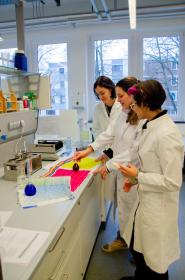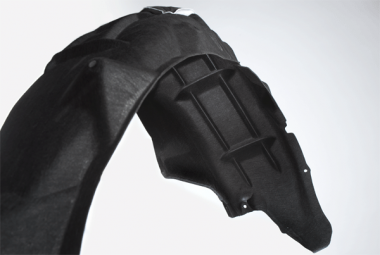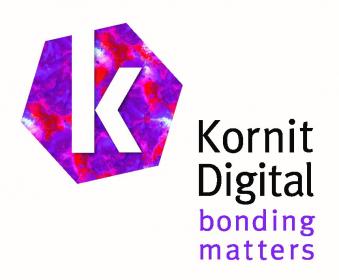SiWerTEX erforscht simultane Rückgewinnung von Faserpolymeren und Wertstoffen
Textil-Recycling ist eine der großen Herausforderungen unserer Zeit. Aktuell wird der Großteil der gebrauchten Kleidung (über 85 %) thermisch verwertet oder landet auf Deponien. Ein deutlich kleinerer Anteil wird als Second-Hand Kleidung in Entwicklungsländer verschifft. Lediglich weniger als ein Prozent der Kleidung wird recycelt und anschließend wieder zu Kleidung verarbeitet.
Textilien zu recyceln ist kompliziert. Für Sammlung und Sortierung der Altkleider gibt es noch keine etablierten Systeme. Mechanische Verfahren zur Rückgewinnung von Fasern resultieren häufig in einer schlechteren Qualität der textilen Produkte und chemische Verfahren sind technisch kaum entwickelt, sowie wirtschaftlich noch nicht attraktiv genug. Dies gilt auch für das weltweit am häufigste produzierte synthetische Textilfasermaterial Polyester, das aus dem gleichen Material wie PET Flaschen hergestellt wird. Das derzeit in der Textil- und Bekleidungsindustrie genutzte recycelte PET (rPET) stammt fast ausschließlich aus recycelten PET-Flaschen.
Forscher:innen des Forschungsinstituts für Textil- und Bekleidung (FTB) der Hochschule Niederrhein und des Instituts für Chemische und Thermische Verfahrenstechnik (ICTV) der Technischen Universität Braunschweig nehmen sich im Projekt SiWerTEX den Hürden der simultanen Rückgewinnung von Monomeren und werthaltigen Zuschlagsstoffen aus dem Recycling von Polyestertextilien an. Das Bundesministerium für Wirtschaft und Klimaschutz finanziert im Rahmen der Industriellen Gemeinschaftsforschung (IGF) die Entwicklungsarbeit der Wissenschaftler:innen unter der Leitung von Professorin Dr.-Ing. Maike Rabe (FTB) und Professor. Dr.-Ing. Stephan Scholl (ICTV).
Zusammen mit deutschen Textilherstellern und Textilausrüstern wollen die Wissenschaftler:innen ein chemisches Verfahren zum PET- bzw. Polyesterrecycling, weiterentwickeln. Eine große Herausforderung stellt dabei die Vielfalt von Ausrüstungsmitteln und Additiven dar, mit denen Kleidung und technische Textilien ausgestattet sind: sie sind gefärbt, bedruckt und mit Flammschutz- oder Weichgriffmitteln ausgerüstet.
Untersucht wird im Projekt nicht nur, wie dies beim Recycling effektiv entfernt werden kann, sondern auch, ob die Additive als Wertstoffe zurückgewonnen werden können. Der Fokus wird in SiWerTEX auf die Entfernung von Farbstoffen und die Rückgewinnung des in Flammschutzmitteln enthaltenen Phosphors gerichtet. Die Erkenntnisse sollen helfen, Textilien von Beginn an so zu produzieren, dass ein späteres Recycling möglich wird.
Für die Textil-Unternehmen werden zum Ende des Projektes Handlungsempfehlungen für recyclingfreundliche Färb- und Ausrüstungsprodukte herausgegeben werden können.
Hochschule Niederrhein, Fashion, Mönchengladbach Recycling Polyesterfasern Flammschutzmittel Additive
Hochschule Niederrhein















